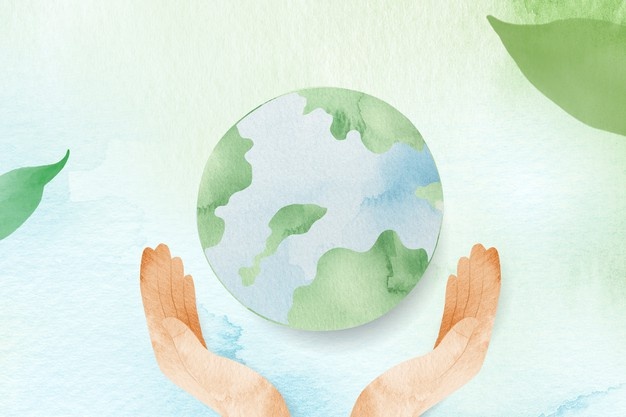
Germans are known for their discipline and high concern for the environment. The first legal framework for waste management was issued by the local government in the 19th century. Meanwhile, laws regulating comprehensive household waste separation have existed since 1972. Since then, each house has placed containers with different colors for each type of waste. In that way, waste sorting has started from the source.
On the highway, or the Autobahn, which is free of charge because it is already financed by high taxes, in a traffic jam, all the cars will shut down simultaneously. They do this so as not to cause noise pollution, air pollution, and of course so as not to waste fuel.
In March 2011 there was an earthquake followed by a tsunami in Japan. One of the effects of the earthquake was the Fukushima nuclear disaster due to the failure of the safety system. The Fukushima nuclear disaster had far-reaching implications for Germany. Worries about nuclear power in Germany have actually been rife since the explosion of the nuclear reactor at Chernobyl, Ukraine, 1986. The Fukushima disaster made Germany determined to no longer use nuclear power for electric power generation.
German Prime Minister Angela Merkel also declared that her country would phase out nuclear power plants in stages. Starting from 2011 to 2022. The target is that that year there will no longer be any nuclear power plants operating in Germany. When the policy to eliminate nuclear power was announced, about 25 percent of electricity in Germany was generated by nuclear power plants. In comparison, France, 72 percent of its electricity sources come from nuclear power sources. Hungary, the smaller European country of the two, sources 50 percent of its electricity from nuclear power plants.
Renewable Energy Movement
The environmental movement is widespread. An “Energiewende” movement emerged, which opposed the use of coal as fuel for steam power plants. 2038 was set as the deadline for the end of coal use in Germany. “Wende” means change of direction. So, Energiewende is a change in direction from fossil energy to renewable sources. Currently, about 42 percent of steam power plants in Germany use coal. During World War II, abundant coal reserves saved Germany from catastrophic fuel shortages. At that time they had discovered the technology to make synthetic gasoline from coal.
Eliminating coal as an energy source is not only an environmental issue, but also raises socio-economic problems. Some areas are very dependent on coal. This energy source cannot just be eliminated in Germany without an alternative substitute. Although the majority of business people support Energiewende, they are waiting for clear public policies to determine the direction of their respective business policies.
When fossil energy is no longer used, Germany in the future will rely on new and renewable energy sources. This is quite a challenge, even though the country has made a lot of progress. Currently, 40 percent of Germany’s electricity needs are supplied from new and renewable energy sources (mostly solar and solar power). By 2050 this figure is planned to reach 80-95 percent.
The problem is, electricity consumption only accounts for about one-fifth of Germany’s energy needs. A larger share, which is four-fifths or 80 percent of the energy needs for heating, cooling and transportation. Most of these needs still rely on conventional energy sources that come from fossils.
The whole debate about Germany’s energy needs and fulfillment is going on in the realm of public affairs. As befits anything related to public policy. Countless websites, blogs and social media have emerged and have enlivened the debate. There are camps that support Energiewende, others are against. All accompanied by arguments in an effort to influence public opinion. Likewise, public affairs companies are actively participating in the debate that will continue for the next few years.
Noke Kiroyan
Chairman & Chief Consultant, Kiroyan Partners
This article has been published in PR Indonesia magazine 56th Edition, issued on November 2019, page 53.
Download the clipping here.



